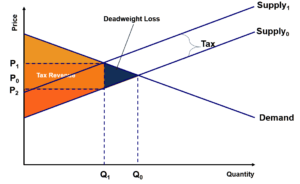Define Price Floor In Economics

The most common price floor is the minimum wage the minimum price that can be payed for labor.
Define price floor in economics. Floors in wages. Price floors are used by the government to prevent prices from being too low. Price floor definition. Similarly a typical supply curve is.
Price floor is a price control typically set by the government that limits the minimum price a company is allows to charge for a product or service its aim is to increase companies interest in manufacturing the product and increase the overall supply in the market place. It will provide key definitions and examples to assist with illustrating the concept. By observation it has been found that lower price floors are ineffective. A price floor is the lowest legal price a commodity can be sold at.
Price floors are also used often in agriculture to try to protect farmers. Perhaps the best known example of a price floor is the minimum wage which is based on the normative view that someone working full time ought to be able to afford a basic standard of living. A price floor is an established lower boundary on the price of a commodity in the market. Minimum wage is an example of a wage floor and functions as a minimum price per hour that a worker must be paid as determined by federal and state governments.
Pressured by special interest groups our beloved government is often convinced that the price of a good needs to be kept at a higher level. Examples of goods that have had price floors bestowed upon them include farm products and workers. A legally established minimum price. It tends to create a market surplus because the quantity supplied at the price floor is higher than the quantity demanded.
A price floor is the lowest legal price that can be paid in markets for goods and services labor or financial capital. This lesson will discuss the economic concept of the price floor and its place in current economic decisions. Term price floor definition. Price floor is a situation when the price charged is more than or less than the equilibrium price determined by market forces of demand and supply.
This control may be higher or lower than the equilibrium price that the market determines for demand and supply. Both on paper and in real life there is a solid relationship between economics public choice and politics. Demand curve is generally downward sloping which means that the quantity demanded increase when the price decreases and vice versa. A price floor is a minimum price enforced in a market by a government or self imposed by a group.
Price floor has been found to be of great importance in the labour wage market.



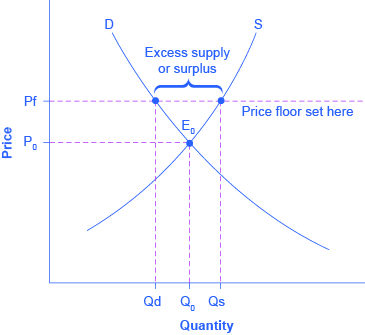

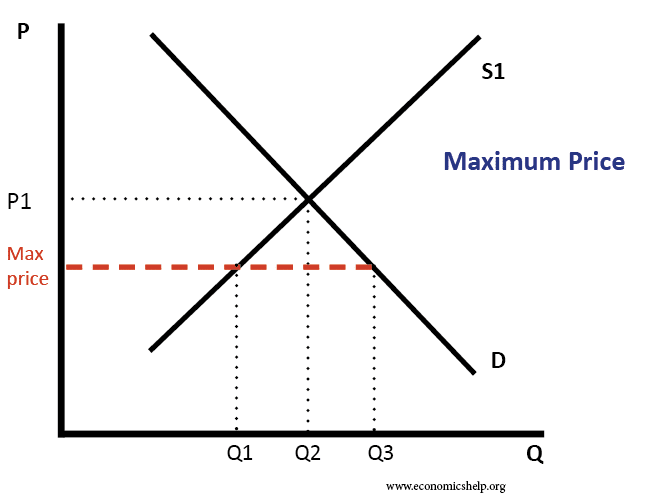
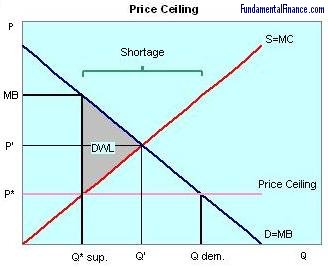
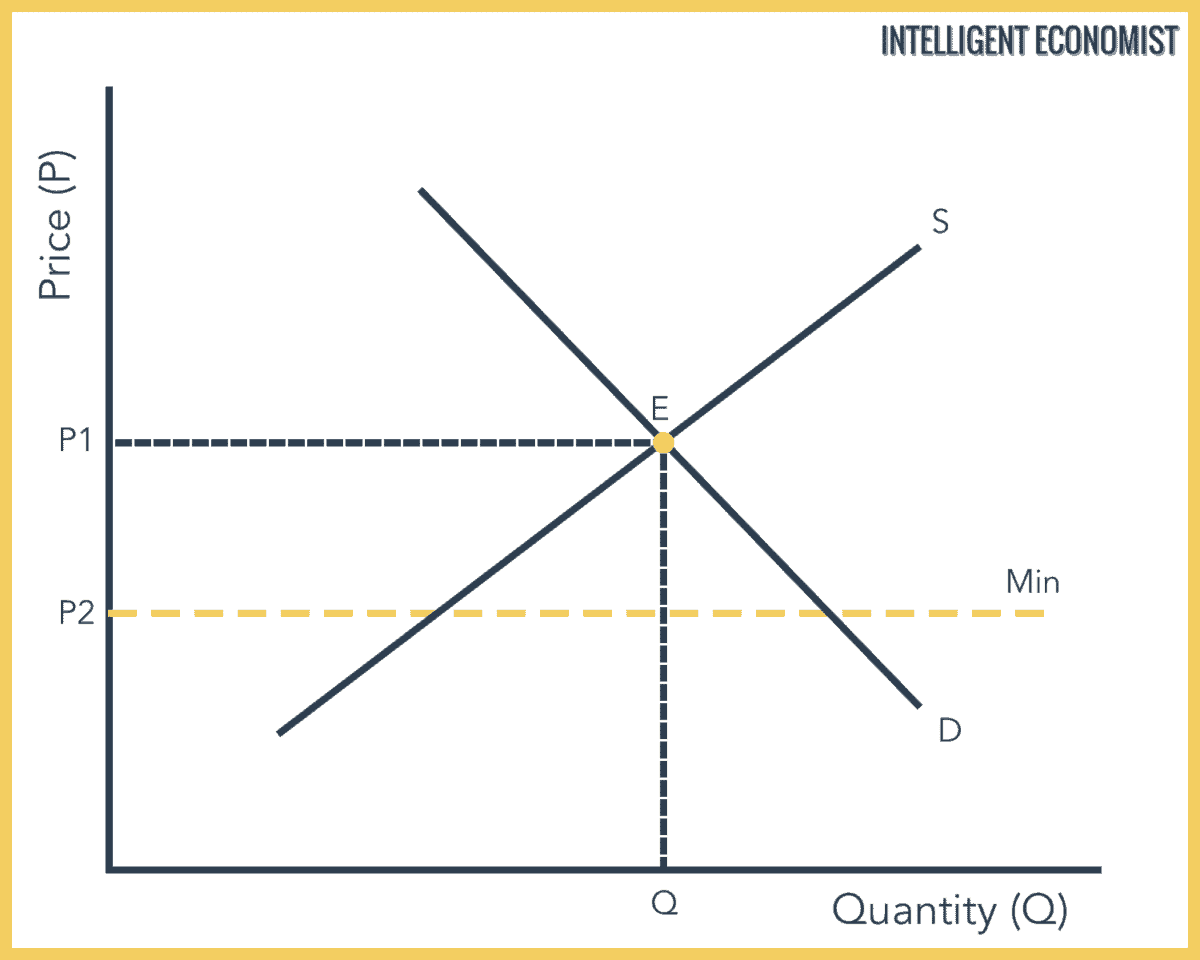

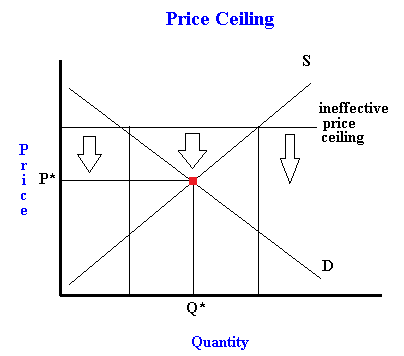

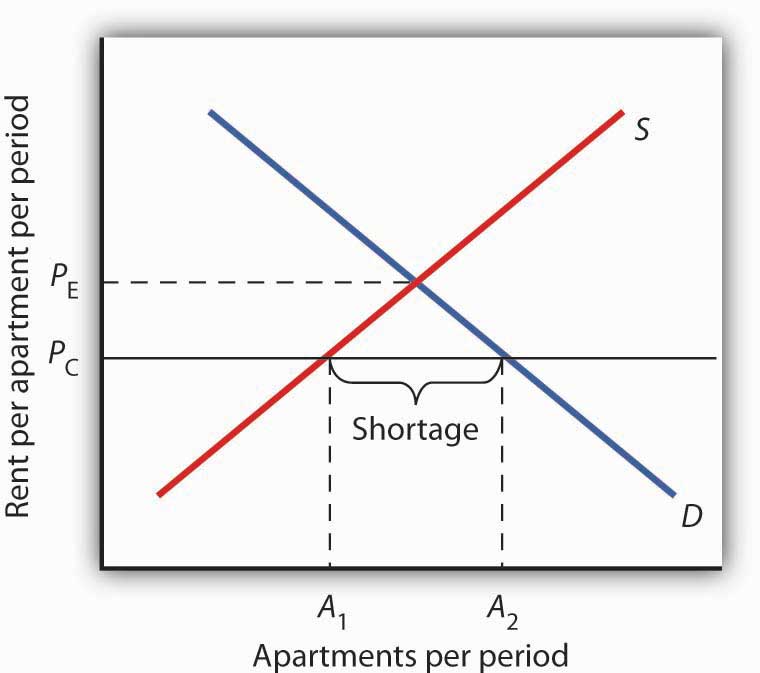
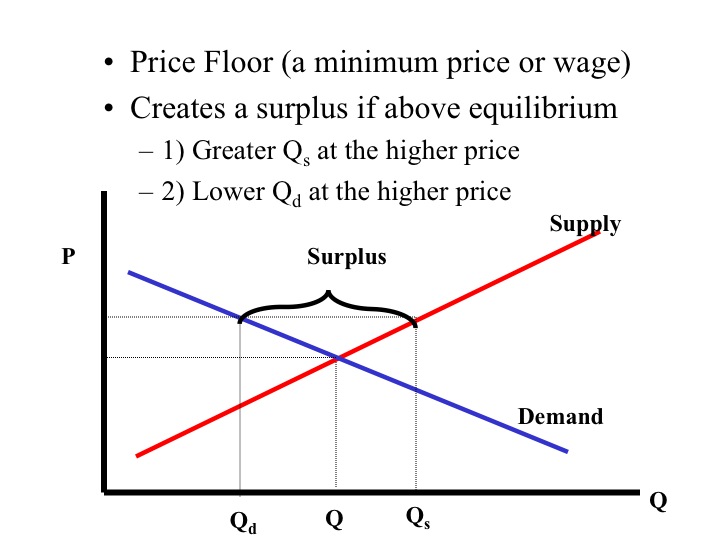



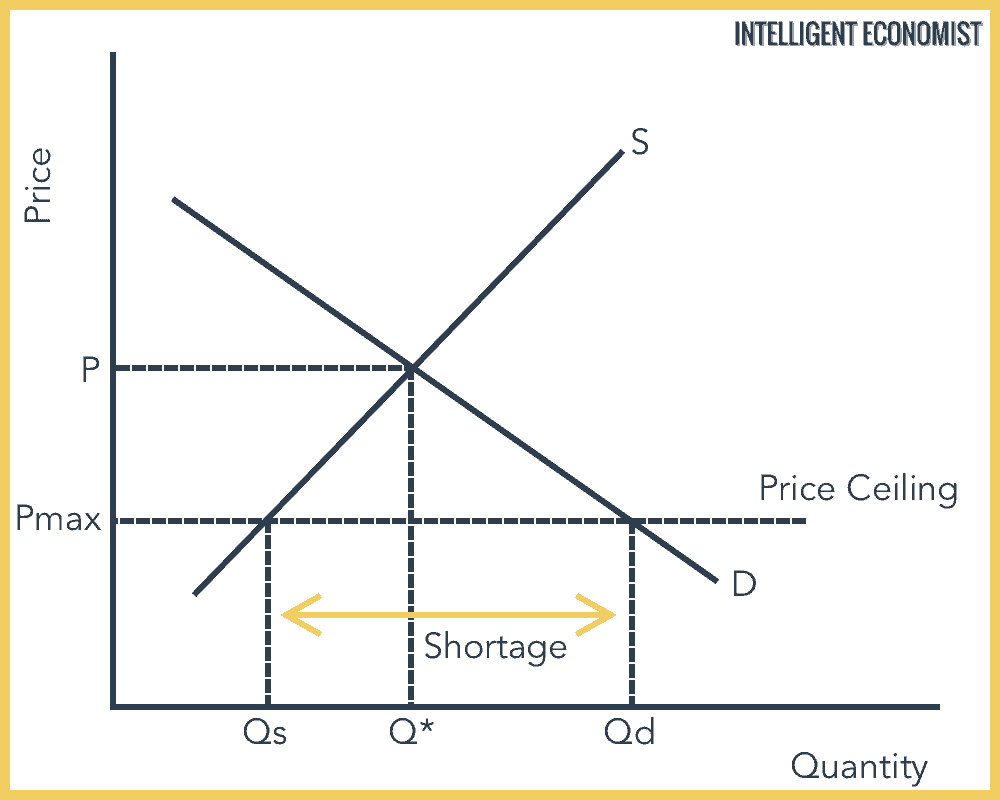






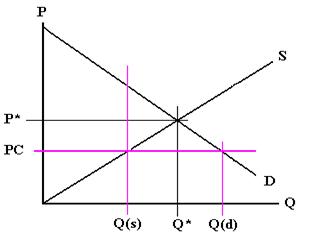



:max_bytes(150000):strip_icc()/WhyYouCantInfluenceGasPrices3-257334e47bc54cd7a449da9df90814af.png)













